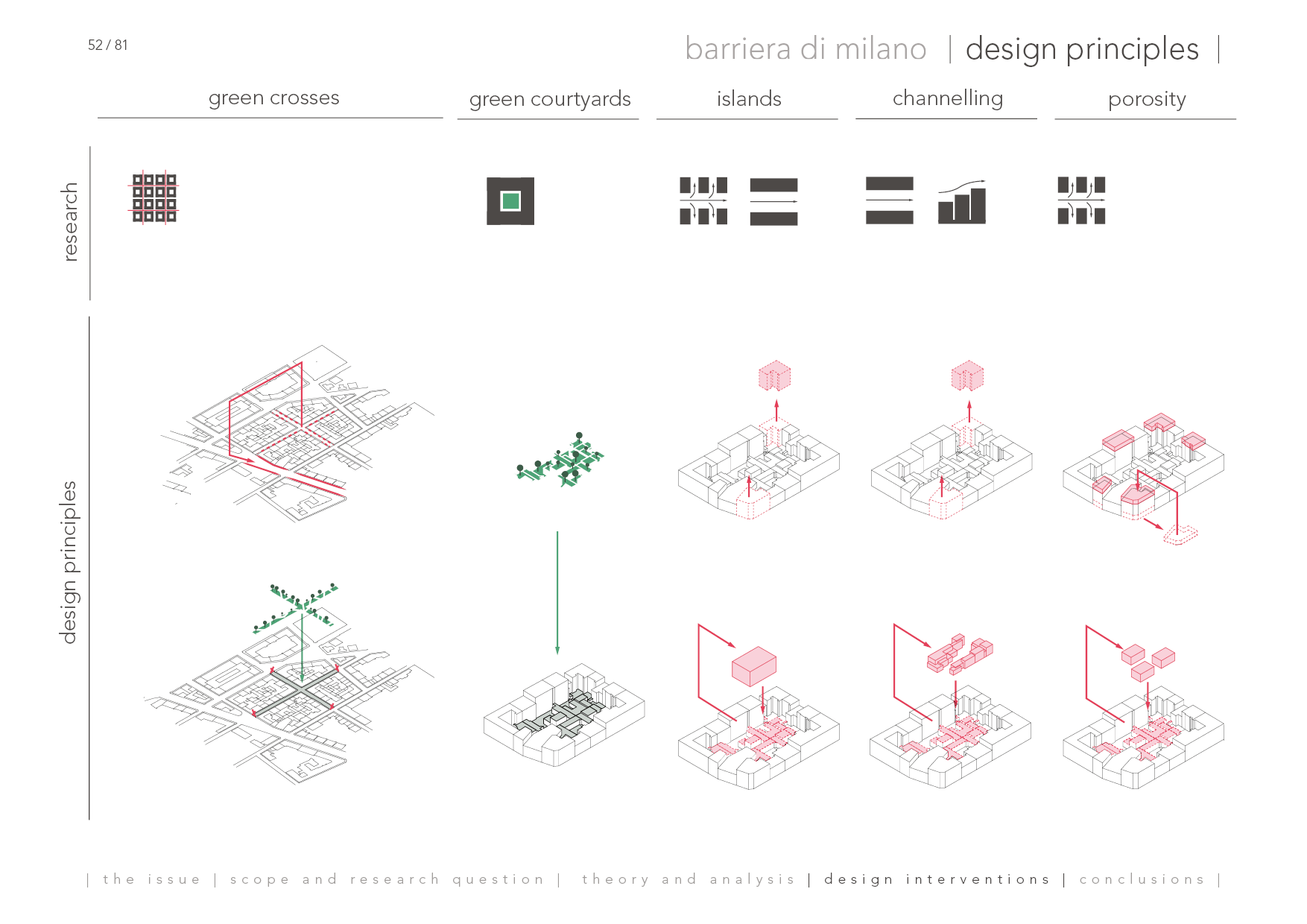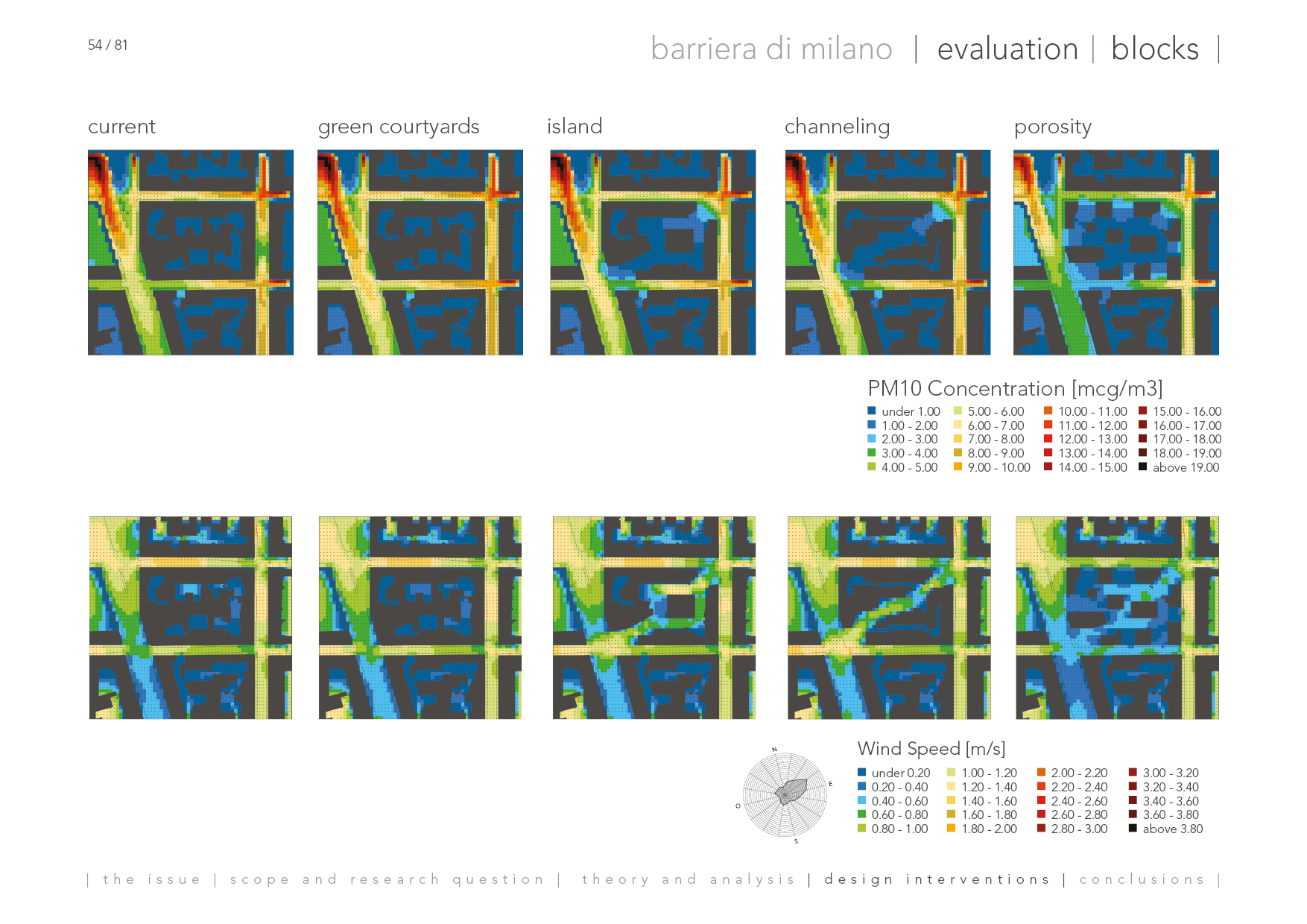Mitigating air pollution through Urban Design
Student: Marcello Vietti
First mentor: Marjolein Pijpers -van Esch
Second mentor: Birgit Hausleitner
Program: MSc Urbanism
Graduation date: 30/06/2017
Abstract
When thinking of air pollution, most of the people refers to Asian countries such as China or India where the air is often unbreathable. However, despite the common believes, air pollution poses the single largest environmental risk in Europe today (EEA, 2015) and, among all the countries, Italy has the highest rate of deaths related to air pollution. The city of Turin, as one of the four most polluted cities in Italy, has been facing high rates of air pollution concentration for several year. Despite several attempts by the municipality to improve the quality of the air, the situation has slightly changed in the past years and the urgency of the issue calls for alternative and more concrete solutions. The graduation project, by discovering and analyzing the relationship between air pollution, built environment and urban design, aims to propose a thorough interscalar approach able to mitigate air pollution in the city of Turin. The form and the nature of the built environment are in fact critical to air pollution concentration: street orientation and width, building heights and several other urban features play a key role in air pollution dispersion. The design proposal focuses on three design interventions which are characterized by different scales of action: from the micro scale of a single public space to an entire neighborhood. Seen together, they form a comprehensive system for mitigating air pollution whose basis rely on the discipline of urban design.Overall, the graduation project substantiates the relevance of urban design when assessing air pollution in cities. It offers valuable, effective and alternative solutions able to support the already existing urban policies in the city of Turin.
Subject
Air pollution
Urban design
Urban forms
Environmental design
Multi-scalar approach



